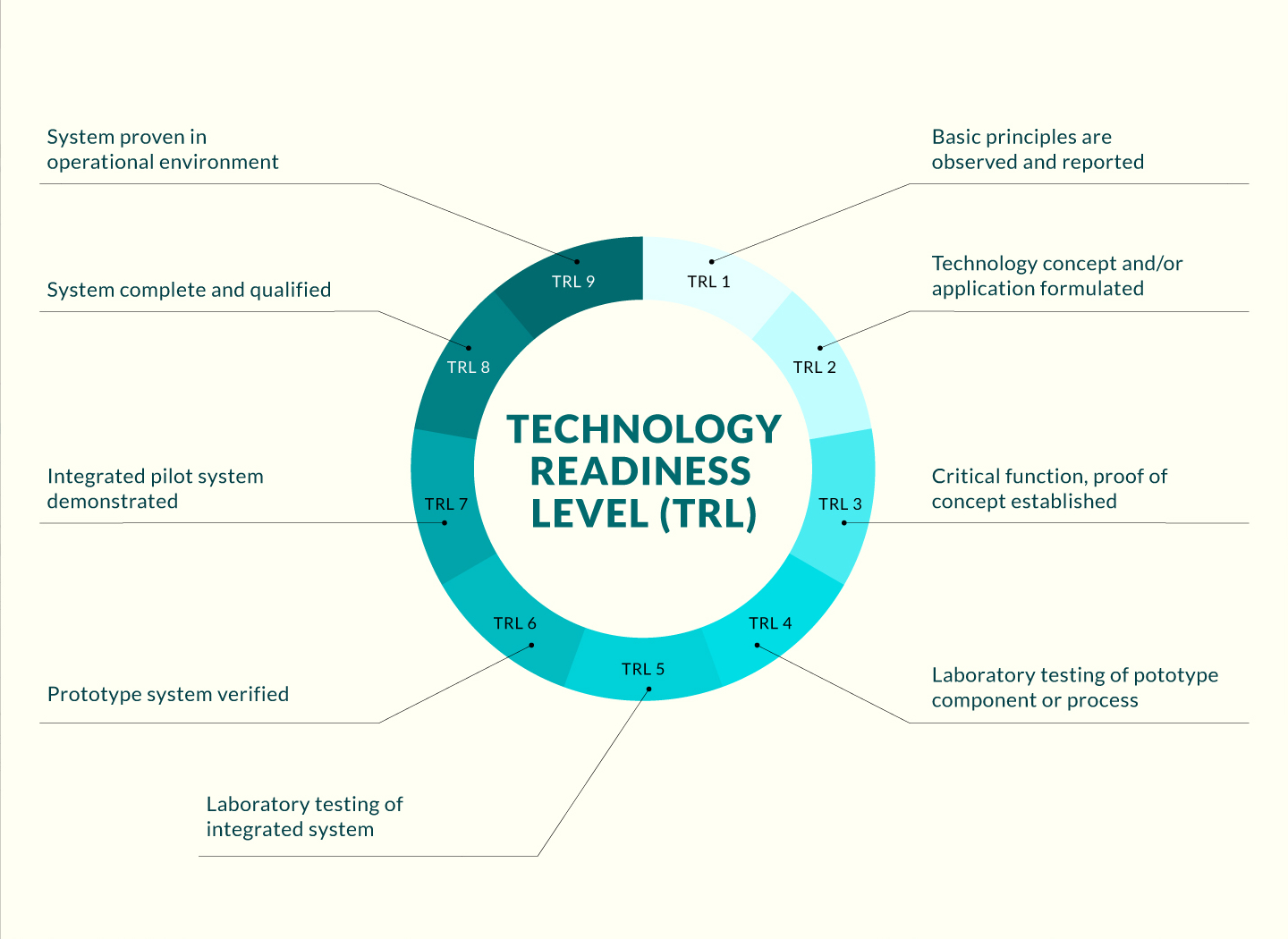

Opportunity
Conventional surface-mounted neural implant technologies, such as retinal prosthesis or electrocorticography, typically have surface conformity issues. Planar electrode arrays cannot fit the varied surface topography of the retina or brain of individuals. The relative position of electrodes with the designated surface may also have micromotions in long-term usage. In some regions with poor electrode conformity, the signal quality will be significantly degraded, or completely lost. Such conformity issues will become more prominent when electrodes are smaller and denser. Currently, most of the solutions focus on signal processing techniques to enhance signal quality, but the fundamental problem of poor electrode contact was not solved. Needle-shaped electrodes have also been designed to poke the designated surface and enhance overall conformity but would induce damage to the tissue. Thus, it is important to control the electrode position dynamically in different regions of the planar device to enhance long-term performance.
Technology
Microelectrode arrays with conductive polymer poly(3,4-ethylenedioxythiophene) polystyrene sulfonate (PEDOT:PSS) stretchable electrode, gold interconnect lines, and flexible polydimethylsiloxane (PDMS) substrates were fabricated. Pneumatic channels and cavities were engineered in the PDMS substrate underneath the microelectrodes. These cavities would expand to different degrees under various levels of pneumatic pressure, and the position of the microelectrode above the specific pneumatic cavity can be controlled dynamically. PEDOT:PSS was used as part of the microelectrode to provide a better stretching limit for the electrode and prevent cracks during pneumatic control. Each microelectrode also served as an integrated proximity sensor to measure the distance between the electrode and the designated implant surface. After implant, this closed-loop system with dynamic pneumatic electrode position control and real-time electrode position estimation would help to fine-tune the electrode position. The precise placement of electrodes will provide better electrode performance and be able to achieve different electrode functionality without additional surgery.
Advantages
- Low tissue damage
- Post-surgery real-time adjustment
- Dynamic electrode position
- Individual control of specific location
- Closed-loop control system
Applications
- Retinal prosthesis
- Electrocorticography
- Virtual reality devices
- Neural sensing of limb prosthesis
- Wearable sensors





